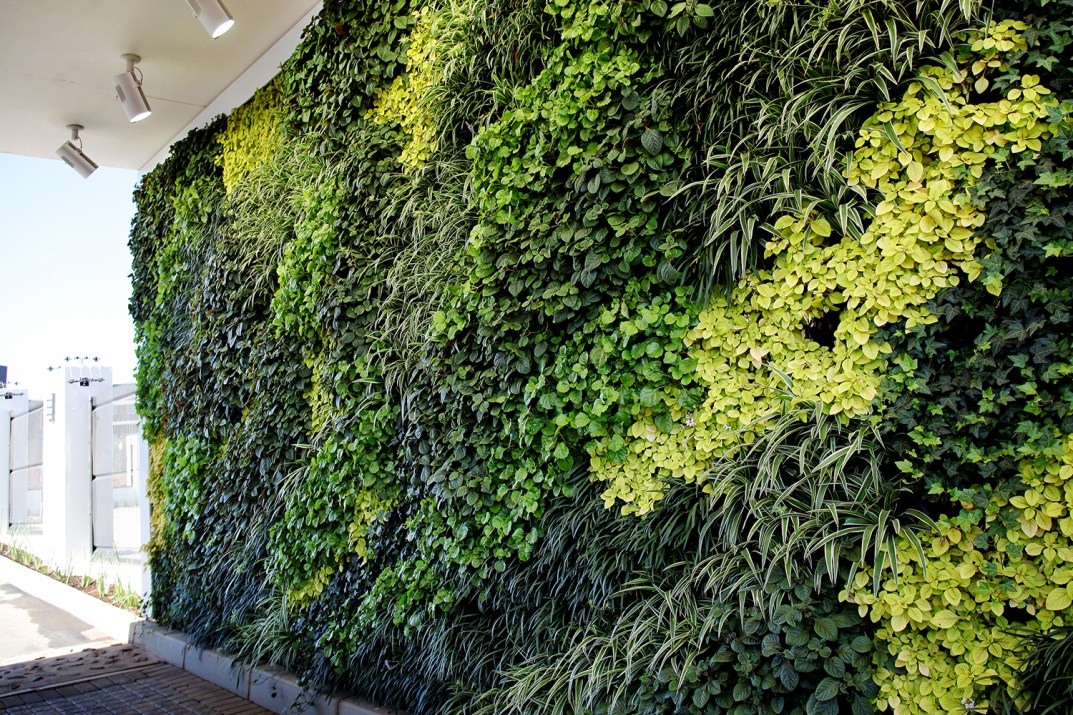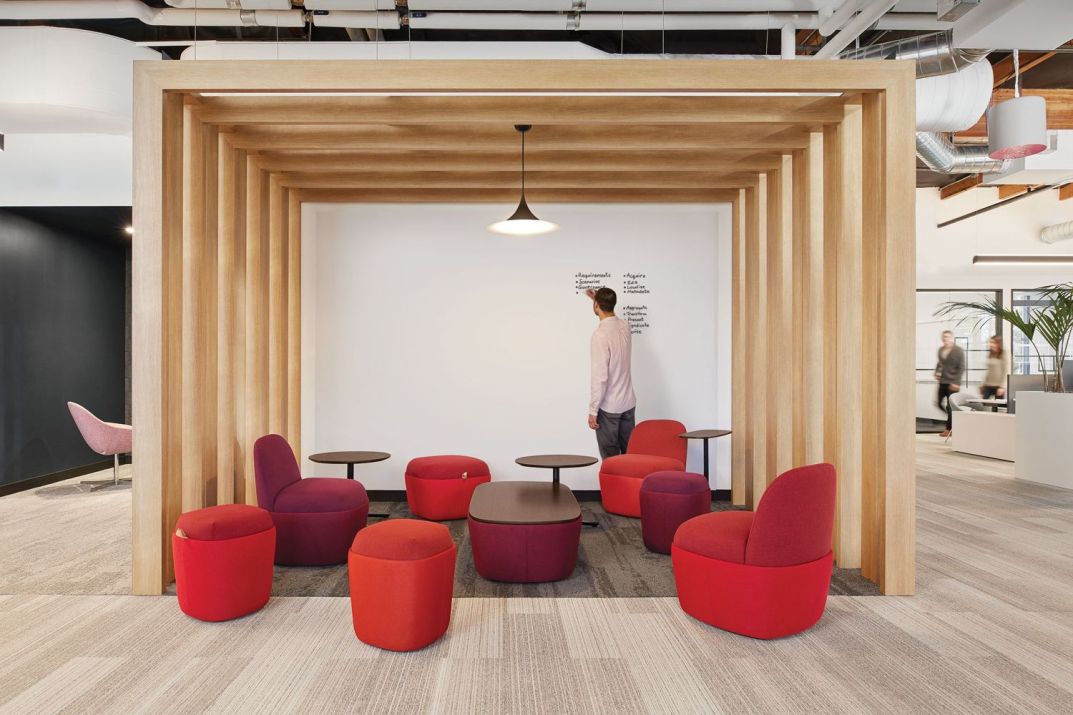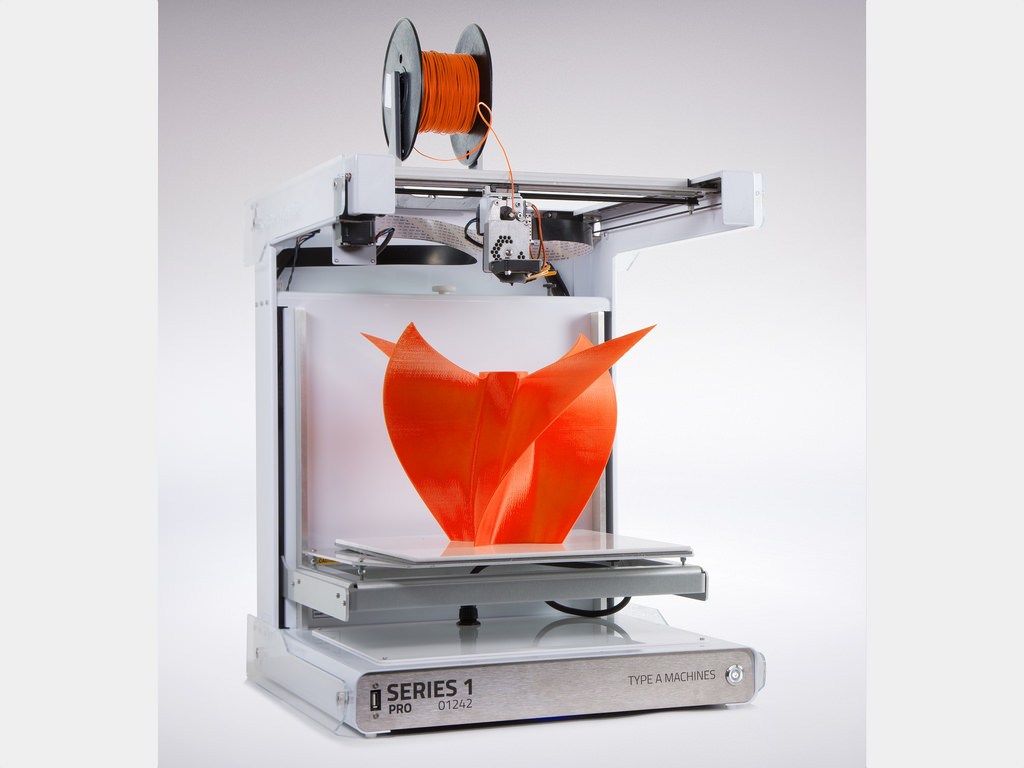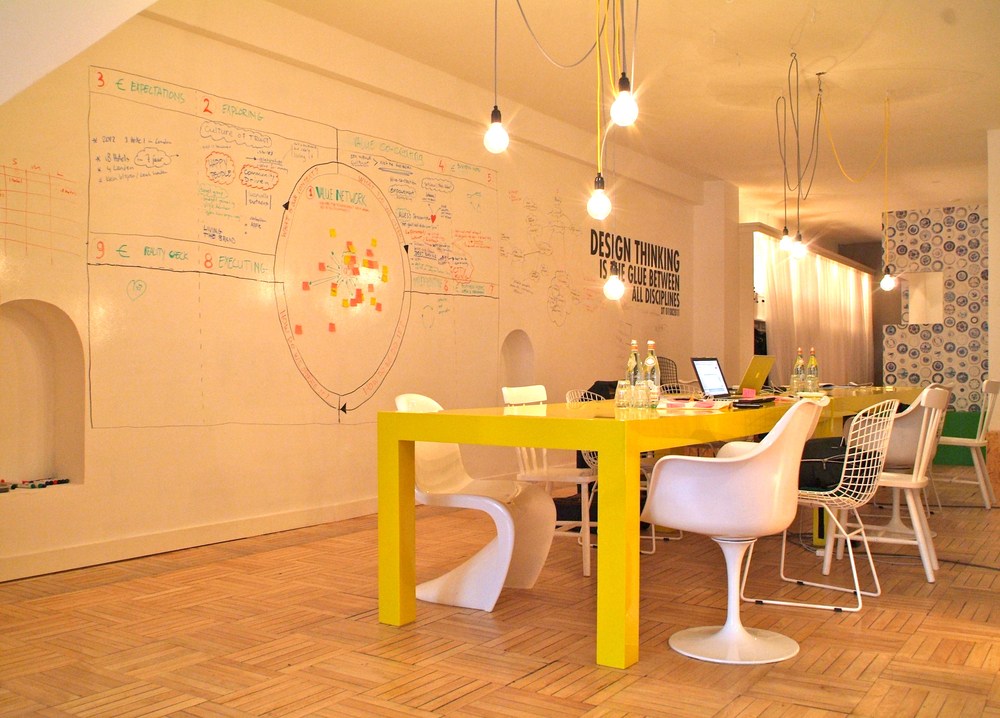Details
Biophilia - Using Nature to Nuture the Workspace
21 Apr 2016Until the last few years, plants were usually not a core element involved in interior design. It’s usually an afterthought that strikes after a walk-through of the space, finishing touch to liven up the concrete walls. If suggested, most clients will jump straight to associating plants and landscaping with maintenance costs. However, most don’t realize how the benefits outweigh the negatives and the wonders it can do for the workforce.
What is Biophilia ?
Biophilia is the instinctive bond between human beings and other living organisms and living systems. Research suggests that buildings that contain features of preferred natural environments will be more supportive of human well-being and performance than those that do not contain these features.
Importance in modern workspaces
Granted, bringing the outdoor elements indoors can be a challenge. The current trend in mainstream commercial design is minimalist concepts, clean and sleek furniture. Nature on the other hand is wild and chaotic. Being able to integrate the two can lead to not only productive but healthier work environments.
It’s known that stepping outdoors, away from urban settings can improve moods and reduce stress. Any space containing natural patterns and elements will set a natural rhythm. Let’s not forget that human beings are animals as well, and are hard-wired to work outdoors, not sit in air-conditioned rooms for 8 hours straight. A green, planted environment reflects the natural world and thereby supports human physiology.
According to the human spaces report, led by organisational psychologist Professor Sir Cary, living plants and abundance of natural lights were among the top 5 elements on the wish-list of EMEA employees.
Benefits
Plants cover a wide spectrum of benefits, they’re not simply visually appealing. We have a look at some of the benefits here :
Carbon Dioxide Reduction
Plants possess the natural mechanism that extracts carbon dioxide from the air and through a vital process called photosynthesis, they release oxygen back into it. An oxygen rich atmosphere is critical to employee health. Elevated carbon dioxide content results in increased fatigue, a decrease in concentration and affects decision-making abilities in workers.
It’s important to note that in the absence of sunlight,mostly during nighttime, the process reverses. But there’s no need to worry about all the precious oxygen that’s being depleted. Plants will absorb oxygen and release carbon dioxide to maintain metabolism. plants produce nearly ten times more oxygen in the presence of sunlight that what they consume at night.
Cleaner Air & Healthier Employees
Plants don’t simply reduce CO2 content and fill the air with clean Oxygen, they’re also able to filter about 90% of pollutants. Indoor airborne pollutants are present in a 2-5 time greater quantity than outdoor. They filter out dust, airborne pollutants, toxins and mould that’s easily inhaled. Toxins released from furniture due to synthetic materials like paints, carpets, and cleaning products are also controlled. Contaminants, or heavy metals, are trapped within the plant fibres. Plants, in fact, become more effective at converting toxic chemicals into food the longer they are exposed to the chemicals, due to bacteria and root microbes adapting to the chemicals present.
Cleaner air means employees end up taking fewer sick leaves, leading to an overall increase in productivity.
Productivity & Well-Being
The Human Spaces provides clear evidence directly linking biophilia with an organization’s output. Workers in elements with natural elements report a 6% increase in productivity.
The presence of biophilia helps build environments imitate natural ones. It restores people’s capacity to focus while artificial environments deplete this ability. Natural environments demand less attention and encourage effortless brain functions. Obviously, the workforce productivity increased without having to place additional mental stress on the mind. In the US found 40% of people agreeing that natural greenery within their indoor environment made them feel calmer and more relaxed.
Acoustics
Various plant elements like leaves, stems, root, twigs and even soil reflect, refract and absorb sound energy in small amounts. The density and spread of plants are directly proportional to the quality of the room acoustics. Soil also leads to destructive interference between the direct contribution from the source to the receiver and a ground-reflected contribution.
Greenery is probably one of the most interesting methods to attenuate noise levels in spaces and is increasingly being considered in mainstream interior design projects. It’s combined aesthetic, environmental and acoustic makes for a valuable element in any office space.




